Traditions
Australian Day
On January 26, all people celebrate "Australia Day" to commemorate the anniversary of the
declaration of Australia as a British colony for almost 225 years.
The Australian people celebrate British crown typical festivities, such as the
birthday of Queen Elizabeth II.
The Anzac Day
The most important Australian holiday is April 25. It is a crucial day
for the Australian community, as the Anzac Day is
celebrated, a tribute to all those killed in the wars
that included the singing of the National Anthem, a prayer, recitation and silent moments.


Carols at Candlelight
In Melbourne, since 1937, an event called "Carols
at Candlelight" is held. People
gather and sing carols on Christmas Eve.

New Year
New Year in Sydney at 24:00 fireworks are
launched in a very nice and seen by people around the world by television show.
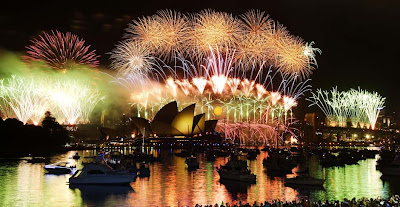
18.7%
percent of Australians said 'no religion' on the 2006´s census and 11.2% percent did not answer the question.
Earth and
Nature occupied a privileged place; the sky was so underserved that most of his
cosmology was based on mythology and very general astronomical observations.
Social Ceremonies
Marriage in Australia
Your wedding
ceremony is one of the most important moments of your life.
To be legally married in Australia, a man and woman must:
- not be married to someone else.
- not be marrying a parent, grandparent, child,
grandchild, brother or sister.
- be at least eighteen years old, unless a court has
approved a marriage where one party is aged between sixteen and eighteen years old.
- understand what marriage means
and freely consent to be coming husband and wife
- use
specific words during the ceremony.
- give written notice
of their intention to marry to their authorised celebrant.
Same-sex
marriage has
been legalised in one sub-jurisdiction of Australia,
though the constitutional rights of territories to create same-sex marriage laws are
currently pending a hearing and review of the High Court.
Social Norms
Equality:
Australians believe that everyone is equal, regardless of age, gender, ethnicity or
social standing. Australians enjoy equal social, legal and political rights, which
are protected by the Australian Constitution.
Education:
When you would like something, it is customary to say please. Once
you receive something or when something is provided say thankyou. Australians are
very big users of please and thank you.
Australians like their
personal space. This does not mean that Australians are unapproachable, but they do
like their freedom. When talking to someone, be mindful of your position.
Generally an arms length is a good distance to converse with someone, any closer both you
and the person may feel uncomfortable.
Social Customs
Food
There is
not an Australian typical dish, but people a lot of meat. The meat pies and
barbcues are very famous. People are accustomed to eat kangaroo and buffalo
meat, a lot of fish too.
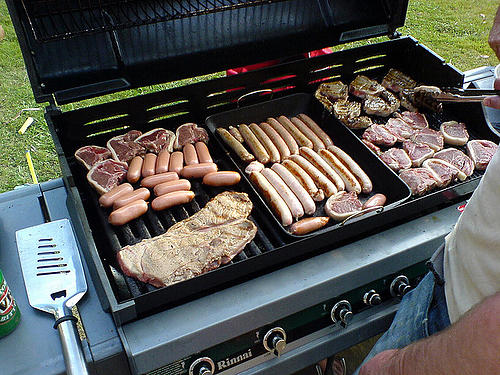
Entertainment
The Australian
people are lover of sports and outdoors activities, which are important parts
of their lives.
Main sports:
- Australian football (Australian rules football): is a combination between Gaelic football and rugby.
- Rugby
- Cricket
Other sports and activities:
- Basketball
- Netball (played just women)
- Cycling
- Golf
- Tennis
- Bowling
- Hiking
- Surf
- Swimming
- Fishing
The Australian people like to watch television
and go to the cinema a lot.
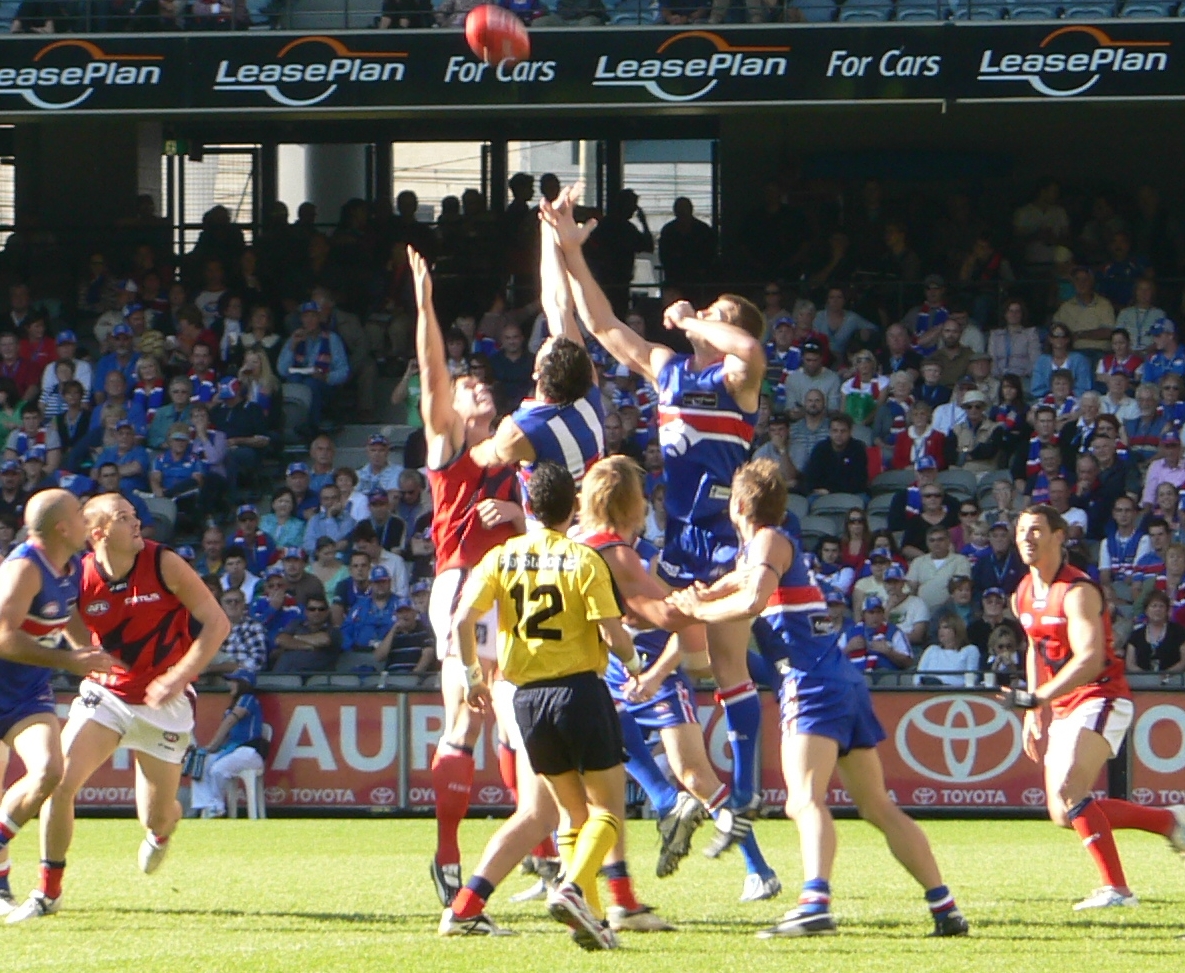 |
| Australian Football League Video |
 |
| Rugby Video |
 |
| Cricket Video |
Social habits
- The Australian people greet friends with an informal “Hi” or “G'day” and a handshake.
- The formal greets are a simple “Hello, how are you?”.
- Kiss in cheek just is used between friends.
- A lot of adult people prefer to use their first name, even with people that just meet, but their children use terms like “Mr.”, “Miss” and “Mrs.” with old people.
- When the Australian people celebrate in their houses, they greet guests warmly.
- The Australian people are informal hosts.
Other:
- Their styles of dress go to extreme. They can wear designer clothes or simply t-shirts, shorts and sandals.
- Life in beach is part of the folklore.
- They drink a lot of beer.
- Parents help in the school of their children, if they have time. (Groups of reading, manual arts, etc. in cafeterias or media centers from schools).
The Catholic Mass
An Australian catholic mass is celebrated like
a catholic mass in worldwide. Music has a lot of influence in a mass; that is
way music is always chose carefully. The aim of an Australian mass is young
people take part of this one.
The Catholic Baptismal Ceremony
Most priests are willing to go through the ceremony
with you beforehand if you are a bit unsure of what is involved.
- Sign of the Cross
- Baptismal Promises
- Anointing
- Baptism with Water
- Candle
- White Garment
- Baptismal certificate and Baptismal register
- Donation
See more...
The Intichiuma
In some Australian tribes, they
adore totems. They have positive and negative rites. For instance, a positive
rite is “the sacrifice”, which is called “intichiuma”.
Every sacrifice is an act of
communion and an act of oblation. The most important thing in religious
ceremonies is that they put into action the community; individuals tend to
approach a collective ideal. It is society which collectively is interested in
rain to fall at the time and without excess, when the harvest is plentiful, in
which animals reproduce regularly. Society becomes more alive during religious
festivals.
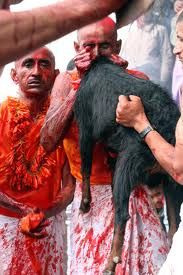
The mimetic rites
Also, there are “the mimetic rites”,
where people move, scream and make gestures, whose aims is imitate to
reproduction of animals.



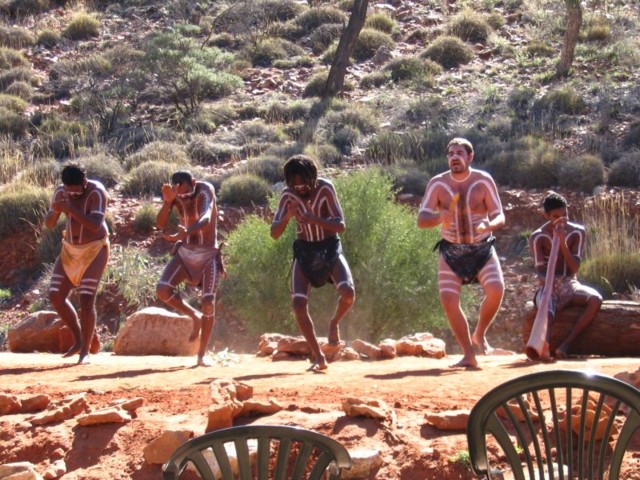
Cosmogonic myths
The Dreaming
The Dreaming for Australian
Indigenous people (sometimes referred to as the Dreamtime or Dreamtimes) is
when the Ancestral Beings moved across the land and created life and
significant geographic features.
 |
| The Dreamtime Documental |
The Rainbow Serpent
The serpent as a Creation Being is
perhaps the oldest continuing religious belief in the world, dating back
several thousands of years. The Rainbow Serpent features in the Dreaming stories of many
mainland Aboriginal nations and is always associated with watercourses, such as
billabongs, rivers, creeks and lagoons. The Rainbow Serpent is the protector of
the land, its people, and the source of all life. However, the Rainbow Serpent
can also be a destructive force if it is not properly respected.
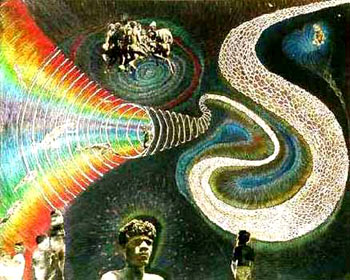 |
| The Rainbow Serpent Video |






























